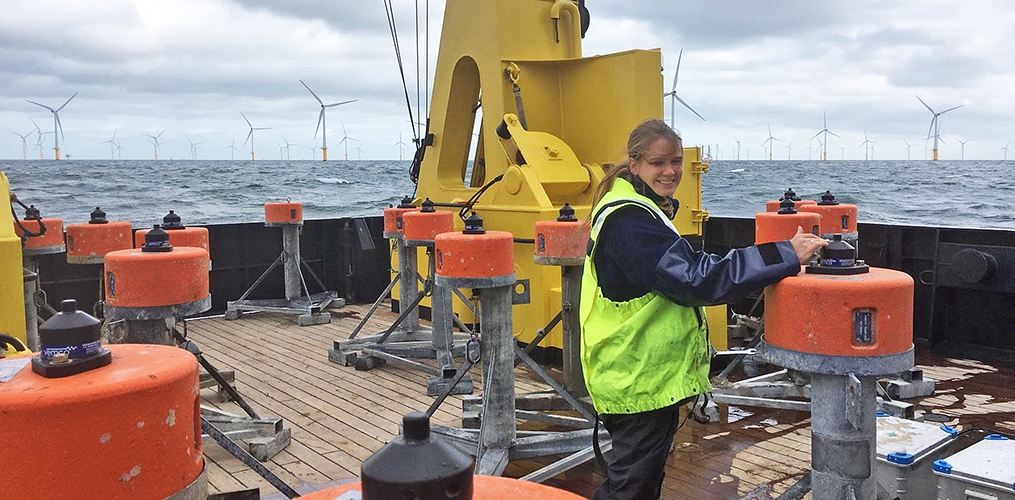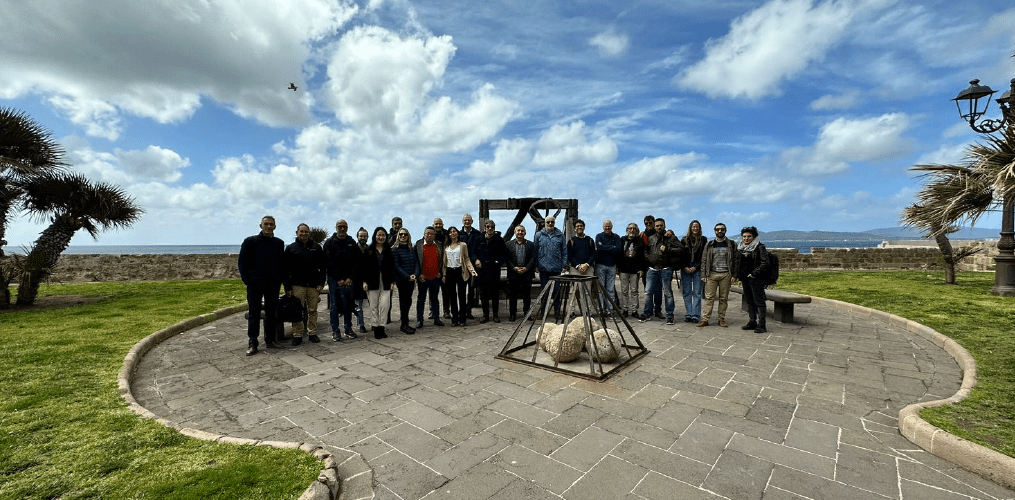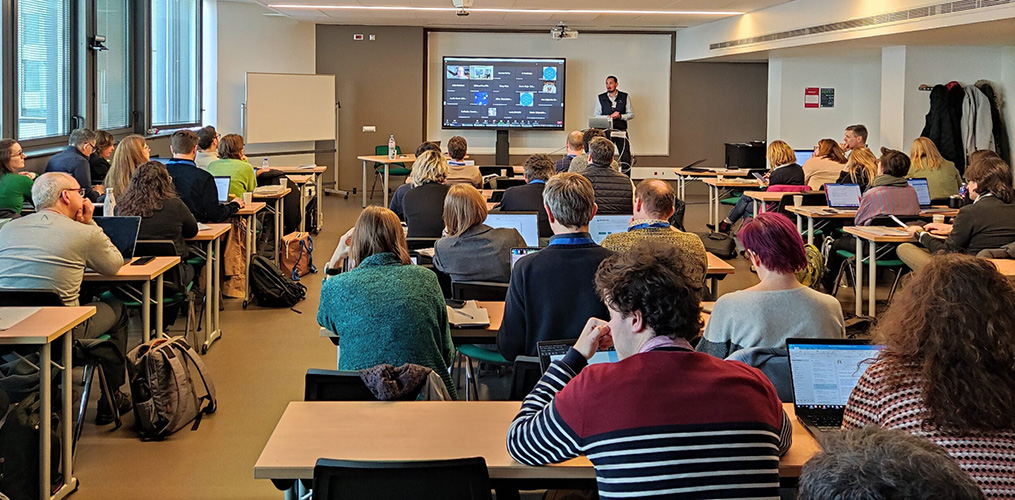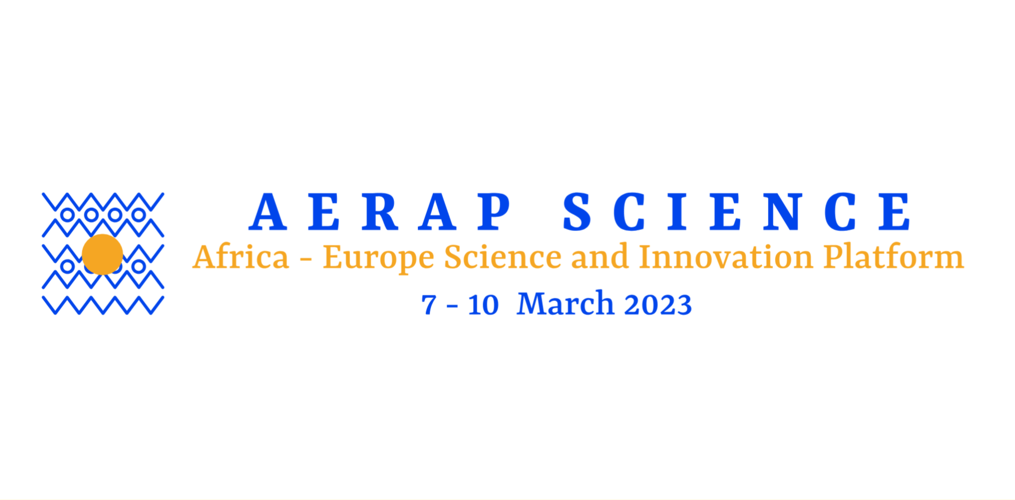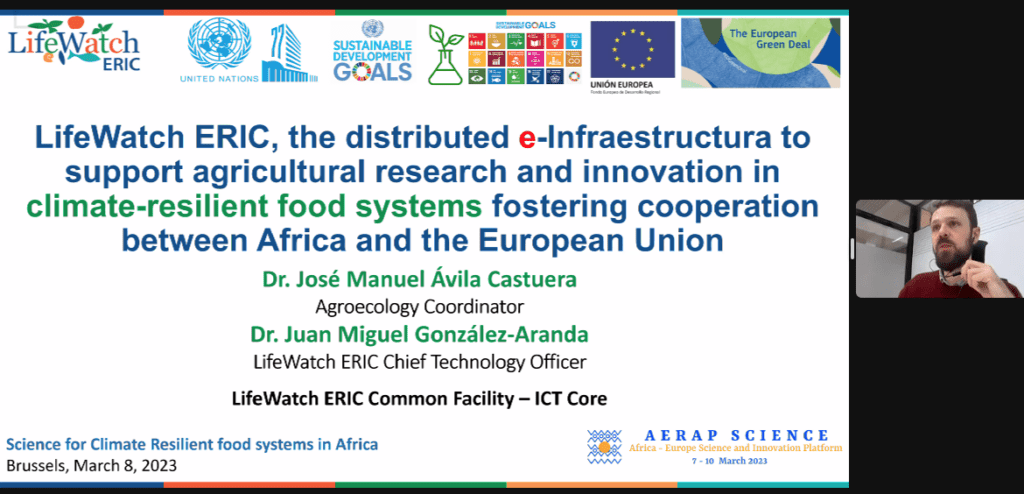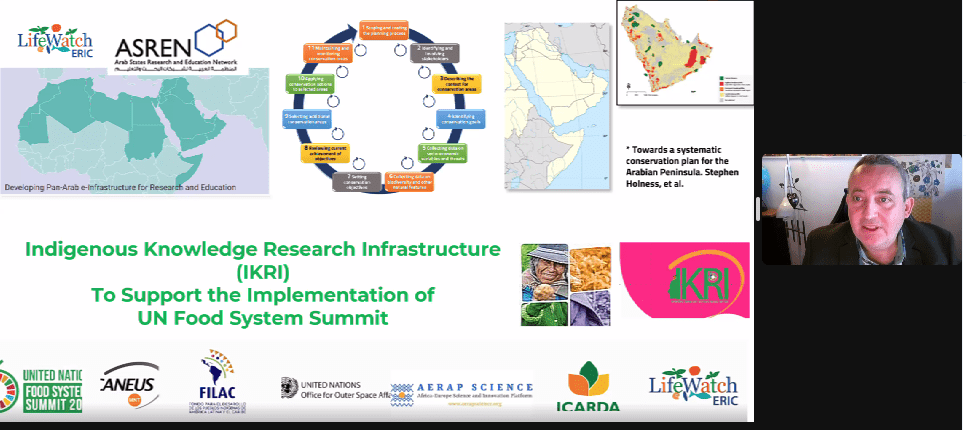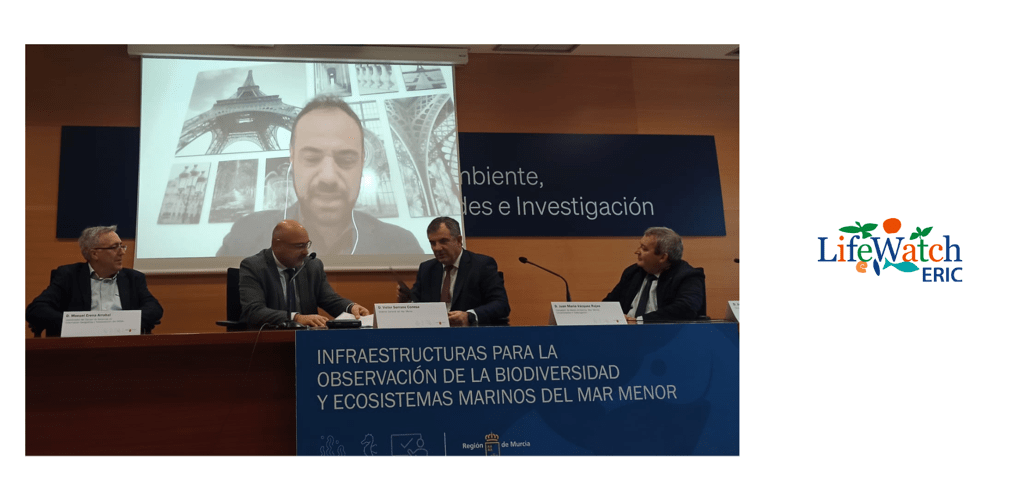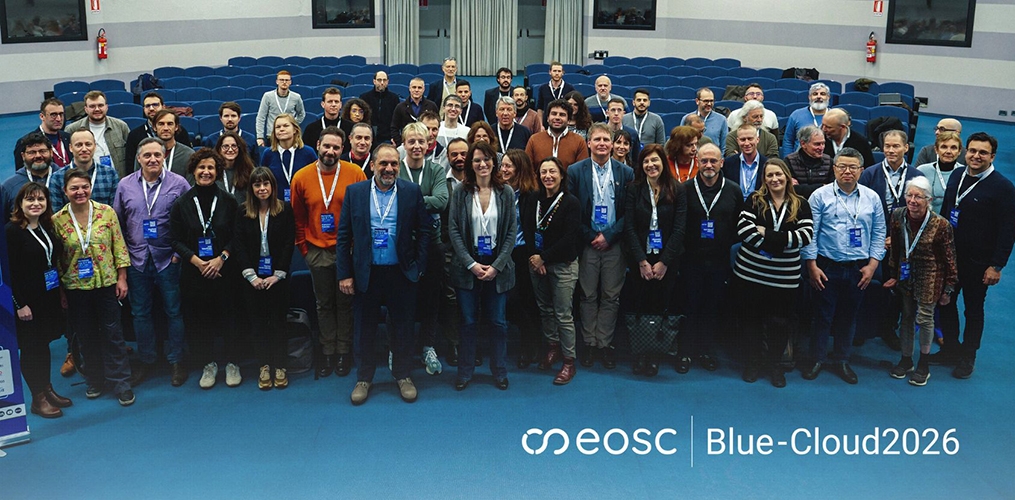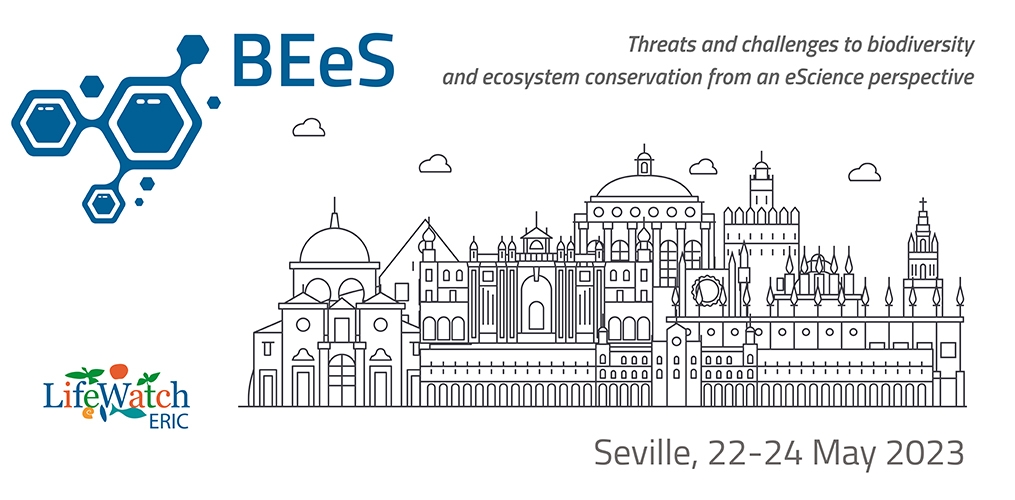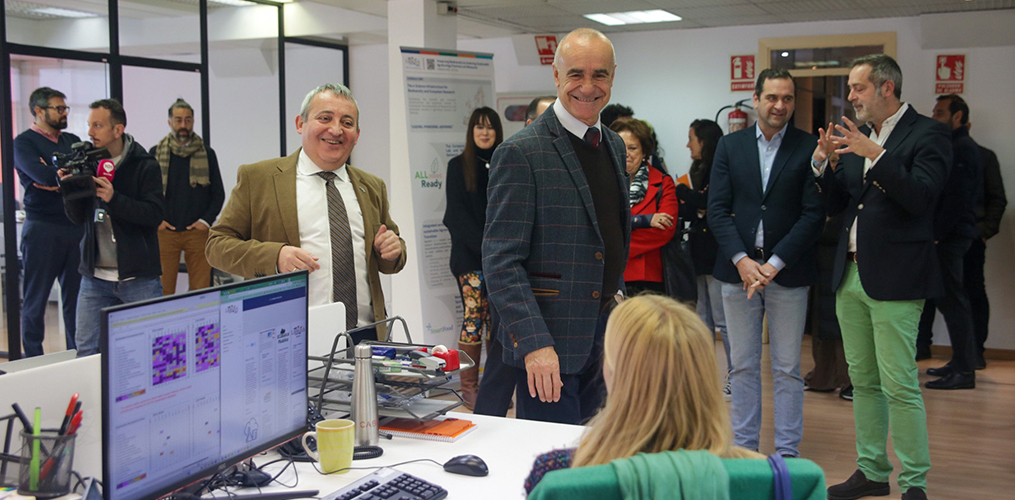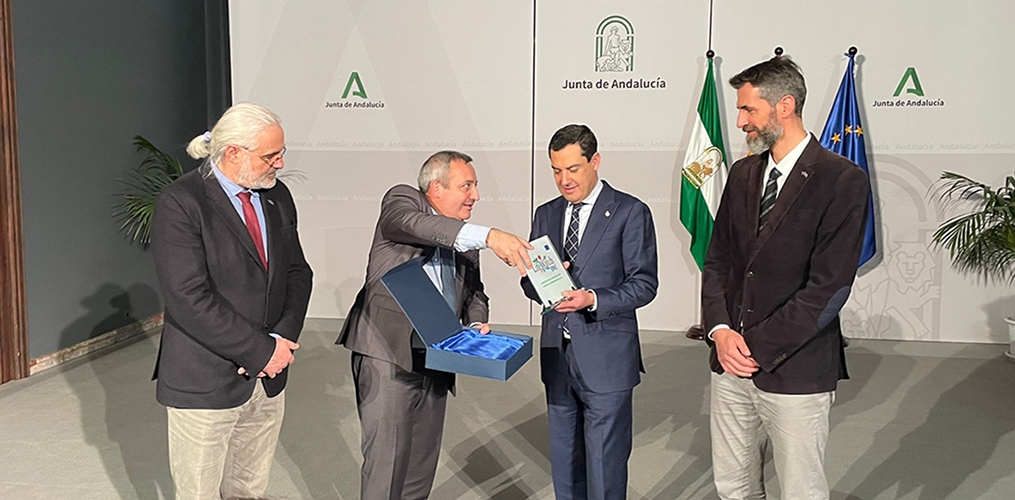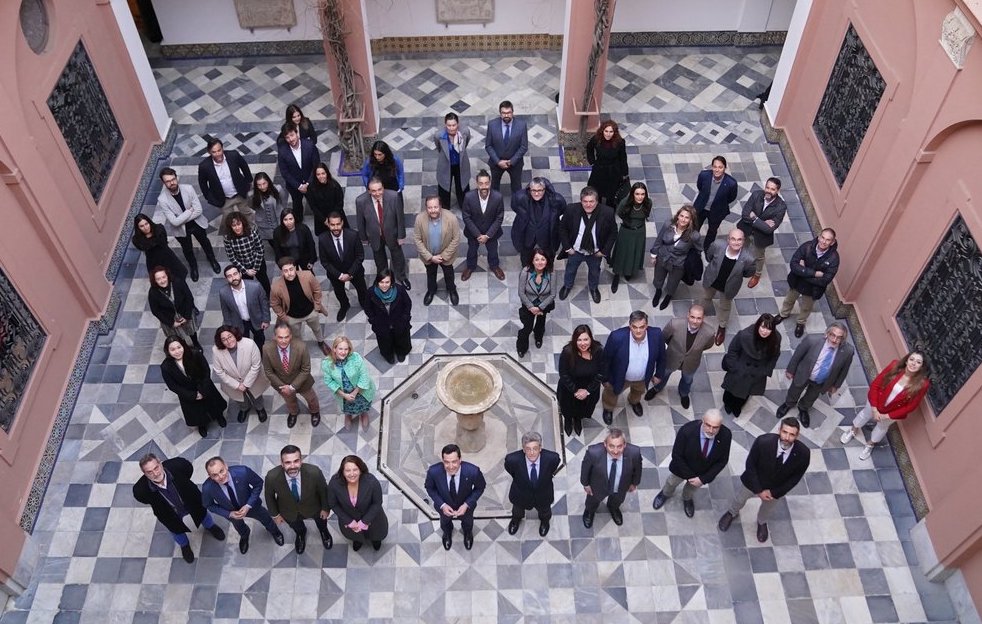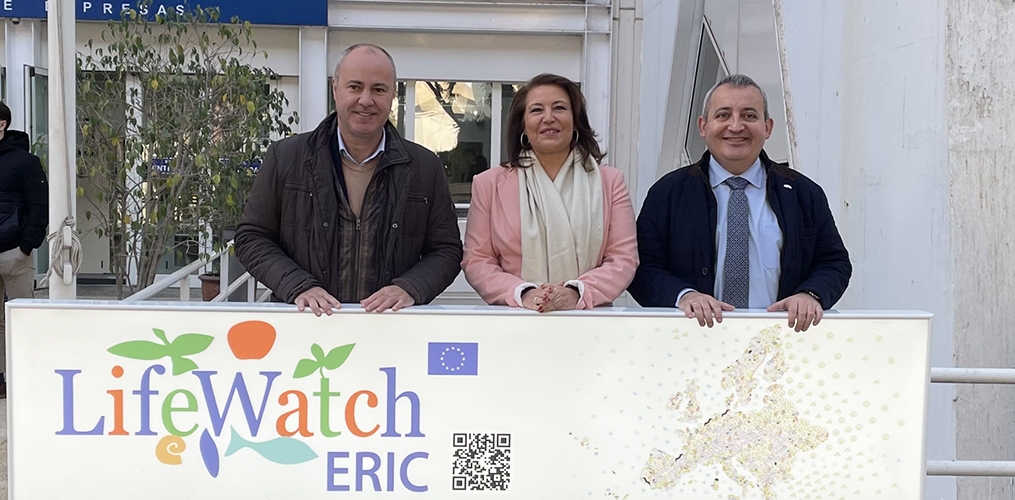Offshore wind farms are built at a high rate in European waters as part of the green transition, taking up marine space that is often not available anymore to other users such as the fisheries sector. However, knowledge on the ecological effects of wind farms on commercial flatfish was lacking. Understanding the ecological impacts of an offshore wind farm on a fish species requires knowledge on its movements within and its association to the wind farm area. Therefore, a tagging study making use of an acoustic receiver network was carried out in the Belwind wind farm (Belgium), by PhD student at the Flanders Research Institute for Agriculture, Fisheries and Food (ILVO) and Ghent University, Jolien Buyse. This study aimed at detecting the presence of plaice Pleuronectes platessa, an important commercial flatfish species, and to study its small-scale movements around the turbine foundations.
Acoustic telemetry was chosen as a method to study their residency, site fidelity and small-scale movements around the hard substrates in order to gain insight into their behaviour within an offshore wind farm. The residency of a fish, calculated from the presences of the fish over a certain period, represents its level of association to the study area. A high residency would thereby indicate that the fish rarely leaves the wind farm, which increases the protective capacity of the area. Further, the authors were interested whether the fish returned to the wind farm area after their spawning migrations during the winter months. They studied their presence within the wind farm area over the period of an entire year. Lastly, to determine whether and when plaice preferred the hard substrate or the soft sediment, fish positions around certain turbines were calculated based on the detections. Patterns in distances to the hard substrate in relation to the time of day were analysed to detect habitat preferences that were potentially linked to feeding behaviour.
A temporal network of acoustic receivers was deployed in the Belwind wind farm over a period of one year in collaboration with the Flanders Marine Institute (VLIZ), focal point for LifeWatch Belgium, and Wageningen Marine Research (WMR). In addition, the permanent fish acoustic receiver network of the Belgian LifeWatch Observatory was also used to detect plaice presence in the Belgian part of the North Sea.
Plaice individuals were caught by divers or using hook-and-line fishery. The authors opted for an external attachment of the transmitters to the fish, as the small body cavity of flatfish makes surgical implantation less suitable. If a plaice equipped with a transmitter swam in the vicinity of a receiver, the unique ID-code of the transmitter was stored on the receiver together with a time stamp. As such, the authors could reveal if fish were present within the wind farm area and whether a fish remained there for a prolonged period of time. Further, they also deployed multiple receivers very close to particular turbines to study the small-scale movements of plaice around the hard substrates. If the transmitter signal is picked up by at least three receivers, the position of the fish can be calculated using triangulation. Such position information reveals something about the habitat preferences of the fish related to the presence of the wind turbines.
The data of both temporary and permanent acoustic receiver networks are stored in the European Tracking Network (ETN) data portal. This data portal was developed in the framework of LifeWatch Belgium and allows the access and sharing of aquatic telemetry data. The data analysis was performed using the LifeWatch RStudio server, which offers high computing power and immediate access to the ETN portal.
The knowledge obtained from this study can be further used to inform management decisions on marine spatial planning and future wind farm developments.
This news is an adapted version of the full user story on the LifeWatch Belgium website.
